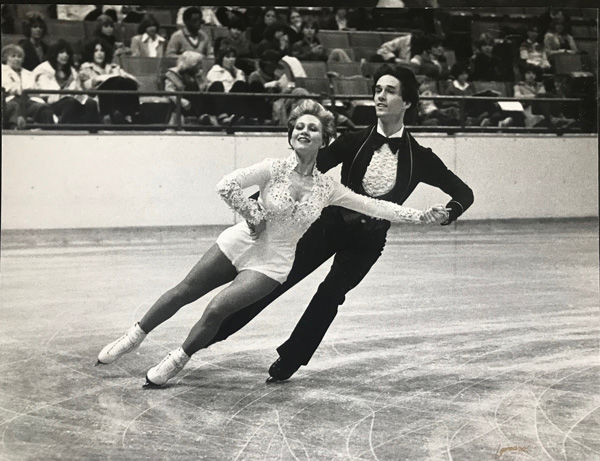Born to Skate: Former competitor’s tips for watching Olympic ice dancing
Published February 8, 2018
As the world’s attention is focused on Pyeongchang, South Korea this month, Dr. Stacey Smith, a Clayton resident, has special insight into the Winter Olympic Games: She is a former Olympian herself, as an ice dancing competitor in 1980.
Smith and skating partner John Summers won consecutive U.S. National Ice Dancing Championships in 1978, 1979 and 1980. They competed and placed ninth in the 1980 Winter Olympics in Lake Placid, N.Y. Those Olympics featured such skaters as Robin Cousins, Charlie Tickner, Scott Hamilton, Linda Fratianne, Tai Babylonia and Randy Gardner, and Kitty and Peter Carruthers. Smith and Summers turned professional and won the 1981 World Professional Ice Dancing Championship in Jaca, Spain, before retiring from competitive skating.
So what can we look forward to from the Winter Games that begin Friday, Feb. 9, and run through Feb. 25? Lots of athleticism mixed with artistry, says Smith.
ADVERTISEMENT
Smith’s advice to viewers is to “watch for skaters who look like they were born on the ice.” The truly great skaters “look so at home that they can skate with complete abandon and not appear to be encumbered by the restraints of the skate blade. They will make it look so effortless that you forget they are on skates.”
Smith is most familiar with the ice-dancing competitors and thinks Gabriella Papadakis and Guillaume Cizeron of France will be the favorites to win the gold medal. The U.S. ice dancing team — reigning U.S. champions Madison Hubbell and Zachary Donahue, sister and brother Maia and Alex Shibutani, and Madison Chock and Evan Bates — is also excellent and shouldn’t be taken lightly, she said.
The Shibutanis, Smith said, are exceptional skaters, but as siblings, it’s challenging for them to achieve the chemistry needed for ice dancing.She explained that Olympic ice dancers are typically older and more mature than the individual skaters in the men’s and women’s events, who are often in their teens. Smith and Summers were 26 and 24, respectively, when they competed in the 1980 Winter Games.
ADVERTISEMENT
Olympic judging has evolved and changed over time, and mostly for the better, Smith said. Judging today is much more detailed and technical, in an effort to be more objective. The number of required elements skaters must execute in both the short and long skating programs has steadily increased.
“As a result, skaters are much better technically, but it is more challenging to take all of those elements and make them look seamless and artistic,” she said.
Smith is looking forward to watching the figure skating competition at Pyeongchang. She remains deeply passionate about the sport and says watching it “stimulates deep and complex reminiscences.” She said, however, that while her Olympic appearance and ice dancing championships remain highlights of her life, they don’t define her.
After her retirement from competitive skating in 1981, she turned her attention to college, earning a bachelor’s and medical degrees from Northwestern University. She taught skating for the first five years to pay her living and school expenses.
Today, Smith is a successful psychiatrist in private practice and is an active member and past vice president of Shir Hadash Reconstructionist Community. She is married to Richard Katz, a physician specializing in sports medicine who is an accomplished concert pianist and composer.
Talent clearly runs in the family.
















